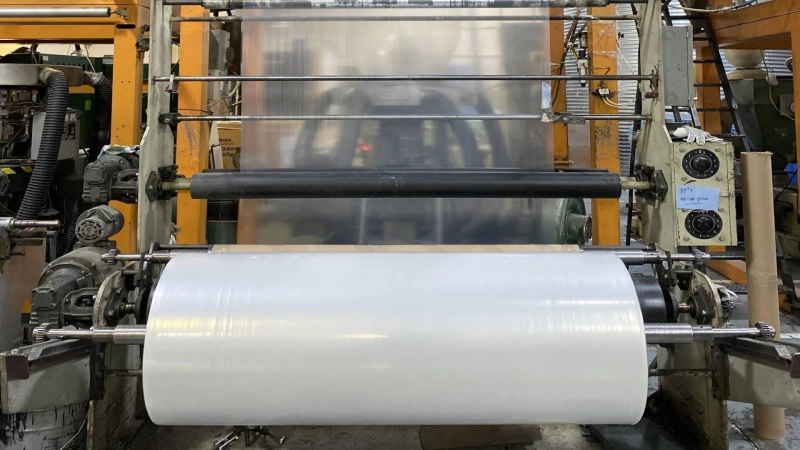Plastic bags are ubiquitous in our routine lives, used for everything from grocery shopping to packaging goods. Have you ever wondered how these handy items are made, especially in a country like Canada? Let's explore the process and the materials involved in the manufacturing of plastic bags, as well as some interesting cultural aspects surrounding their use.
u
What are Plastic Bags Made Of?
Most plastic bags in Canada are crafted from a type of plastic called polyethylene. This material is derived from natural gas, not oil, and is processed into tiny plastic pellets called resin. The resin is the building block for various plastic products, including bags.
Plastic bags are primarily made from polyethylene, a versatile polymer derived from ethylene gas. This material is chosen for its durability, flexibility, and cost-effectiveness.
There are two main types of polyethylene used in bag production:
1. High-Density Polyethylene (HDPE): Known for its strength and stiffness, HDPE is commonly used for thicker bags like grocery bags and industrial liners.
2. Low-Density Polyethylene (LDPE): LDPE is more flexible and is used for thinner bags such as bread bags and produce bags.
These polymers are usually produced in pellet form and then melted down to form the plastic film from which bags are manufactured.
The Manufacturing Process
The journey of a plastic bag begins with the resin pellets. Here's a simplified breakdown of the process:
Melting: The resin pellets are fed into a machine where they are heated to a molten state.Extrusion: The molten plastic is then pushed through a die, shaping it into a thin film of the desired thickness.Film Blowing (for some bags): For larger bags, a blowing process might be used. Air is blown into the extruded film, inflating it into a tube-like shape which is then collapsed and flattened.Cutting and Sealing: The film is then fed through rollers that cut it into specific bag sizes. Heat sealing or adhesives are used to create the bottom and side seals of the bag.Printing (optional): Depending on the requirement, logos or designs can be printed onto the film before the bag is formed.Folding and Packing: The finished bags are folded, stacked, and packed for distribution.Why do Hasidic Jews Carry Plastic Bags?
In certain communities, such as among Hasidic Jews, carrying plastic bags has cultural significance beyond their practical use. These communities often have specific religious laws and customs regarding carrying items on the Sabbath (Shabbat). Carrying money, keys, or other items directly outside the home on Shabbat is prohibited under Jewish law, so many individuals carry small personal items in plastic bags as a way to circumvent this restriction.
Where to Buy Plastic Bags in Canada?
Plastic bags are widely available for purchase across Canada. They can be found in supermarkets, retail stores, and online suppliers. The type of bag you need will depend on its intended use—whether for groceries, retail packaging, or industrial purposes. Many plastic bag manufacturers in Canada offer customized options for size, thickness, and printing to meet specific business needs.
Final thought
The production of plastic bags in Canada involves a precise process using polyethylene polymers that cater to various sizes and requirements. These bags play an essential role in everyday life, from household chores to commercial operations.
Understanding their production not only sheds light on their environmental impact and usage but also highlights their cultural significance in diverse communities. Whether you need a sturdy grocery bag or a delicate produce bag, the availability and versatility of plastic bags ensure they remain a staple in our modern society.



